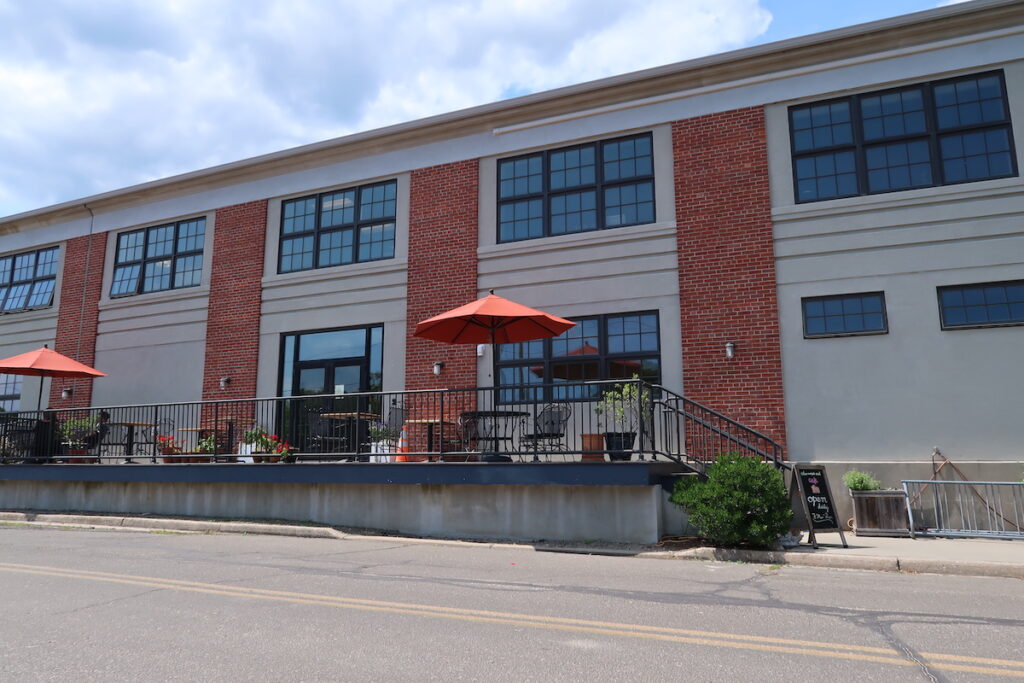Greenport adopts $14.9 million budget; sets tax levy at 6.86%

The tax levy would rise by 6.86 percent if voters say yes to the $14.9 million 2012-13 budget the Greenport Board of Education adopted April 18.
While a state law passed last year caps year-to-year increases in the tax levy — the total amount the district collects from taxpayers — at 2 percent, the district is allowed to exceed the state’s mandate because certain expenses, such as pensions and capital costs, are exempt.
With those exemptions, the school board can set the tax levy as high as 5.04 percent, which would bring in about $11.4 million dollars, said district clerk Diana Duell. At that level, the spending plan needs only a simple majority in the May 15 election to be approved.
But since the projected tax levy increase exceeds that by 1.73 percent, the budget will fail if the “yes” votes total less than 60 percent.
Without knowing how many Oysterponds students may enter Greenport’s junior high in the fall, the budgeting process continues to include considerable guesswork, Superintendent Michael Comanda said.
“The real driving force is the drop in anticipated revenue from Oysterponds,” said Mr. Comanda.
The neighboring Oysterponds district currently sends its junior and senior high school students to Greenport. The Oysterponds school board has submitted secondary school contract proposals to both the Mattituck and Greenport districts and has agreed to put both contracts up for public referendum once they’ve been finalized.
That likely won’t happen in time to be included on the May 15 ballot with the budget vote and school board elections. Board members said the contract vote will likely take place during the summer.
Greenport receives about $14,000 per student in yearly tuition fees from Oysterponds. This year 84 students attend Oysterponds School and 73 go to Greenport. About 14 Oysterponds students are expected to move to Greenport’s 7th grade next year.
Ms. Duell said it wasn’t possible to calculate Greenport’s tuition revenue by estimating how many students will attend Greenport next year.
“All we could do was reduce the estimated tuition revenue down from this year’s budget,” she said. “When the line item budget is released, there will be a page with estimated revenue amounts.”
School officials declined to provide a copy of the budget this week, but said it will be available by May 1.
Prior to the Greenport school board approving the budget, Mr. Comanda said Oysterpond’s decision to designate both Mattituck and Greenport as secondary schools this late in the budget process has caused his district to be “conservative” in determining how much tuition it will receive next year.
“We’ve reduced our anticipated revenue from Oysterponds because we’re not sure,” Mr. Comanda said. “That, in fact, has increased our need to raise taxes in Greenport.”
The Greenport school board also expressed concern about the potential loss of tuition dollars mid-year if some Oysterponds students switch to Mattituck, if that secondary contract is ultimately approved.
Last week, Oysterponds school board member Thom Gray said his board is working on a protocol to deter students from bouncing between Mattituck and Greenport, if a Mattituck contract is approved.
“If you choose Greenport or Mattituck, then you would be required to remain there for a certain amount of years,” Mr. Gray said of the proposed plan. “If students moved mid-year between schools, then it would be a nightmare for Oysterponds, it would be a nightmare for Greenport and it would be a nightmare for Mattituck.”
Greenport school board president Tina Volinski said her board is looking to secure a five-year agreement with Oysterponds to provide greater certainty in the budgeting process.
If no contract is reached by September, then Oysterponds students will continue to attend Greenport and tuition will be determined by the Seneca Falls rate, school officials said.
While the Oysterponds secondary contract is being ironed out, Mr. Comanda said the school board has taken steps to reduce costs and balance the budget.
Those steps include reaching a salary freeze agreement with the district’s teachers and collaborating with the Southold district on a shared services agreement. The schools will share Southold’s business programs and Greenport’s science programs.
Greenport is also promoting its special education department by offering those services to students living outside the district.
Greenport is also planning to address its capital improvement debt.
In 2010, voters approved two bonds — one for $7.48 million for major repairs to the more than 80-year-old school building, and the other for a $1.27 million green energy initiative.
Exterior door work and an upgraded fire alarm installation is nearly complete, Mr. Comanda said. A drainage improvement effort is in the works, he added.
Mr. Comanda attributes the need to increase the tax levy to a special education budget that has swelled by $200,000. In addition, about 23 students have expressed interest in attending BOCES vocational training next year, at a cost of about $70,000. This year, 17 students are enrolled in the program.
The tax increase will also help the district replenish its fund balance, he said.
While the pending budget doesn’t include layoffs, it would reduce a librarian’s status from full-time to part-time and reduce some hours for a computer network technician.
The spending plan maintains all school programs for next year, Mr. Comanda said.








